Rebuilding Old Damascus After Assad
Syrians embrace a fresh start, but uncertainty around the future—and the past—lingers.
Editor’s note: This article contains some photos that are graphic in nature.
DAMASCUS—A statue of Bashar al-Assad once loomed over locals from a pedestal in the centre of a Damascus roundabout, a symbol of his regime’s iron grip. Now, a month after Assad’s fall, all that is left is a rusting iron rod. The surrounding neighborhood lies partly in rubble, but a group of children in tatty clothes has been sent to clean the pavement below. Laughing as they grapple with brooms almost too big to hold, they sweep away the thick layer of dust that blankets everything.
DAMASCUS—A statue of Bashar al-Assad once loomed over locals from a pedestal in the centre of a Damascus roundabout, a symbol of his regime’s iron grip. Now, a month after Assad’s fall, all that is left is a rusting iron rod. The surrounding neighborhood lies partly in rubble, but a group of children in tatty clothes has been sent to clean the pavement below. Laughing as they grapple with brooms almost too big to hold, they sweep away the thick layer of dust that blankets everything.
Within hours of Assad’s fall, Syrians began erasing the remnants of his brutal rule. Statues of him and his father—Hafez al-Assad—were toppled; portraits defaced; and government offices, palaces, and prisons ransacked.
Syrians cover the flags of the former Assad regime with white paint in Damascus on Dec 19, 2024.
A torn portrait of Bashar al-Assad is seen in one of the cells of Sednaya prison in Damascus on Dec 19, 2024.
Most shutters in Damascus’s old town had been adorned with the Syrian flag, but residents climbed ladders to paint them a fresh white—a blank slate for a country that is now looking to rise from the ashes of more than half a century of Assad family rule.
Thousands of Syrians celebrate the fall of the Assad regime, seen in Umayyad Square in Damascus on Dec. 20, 2024.
A group of people celebrate the fall of the Assad regime, seen at the Umayyad Mosque after the Friday prayer on Dec. 20, 2024
When I visited in mid-December, raucous celebrations were still lighting up Damascus. Umayyad Square was alive with energy—teens packed three to a motorbike, red fireworks bursting overhead, and a speaker on a makeshift stage promising a more inclusive future. The crowd sang and recorded videos, eager to capture a monumental moment in history. The atmosphere was so electric, so overwhelming, that two people were said to have died in the excitement.
Amid these scenes of euphoria, though, uncertainty looms over what lies ahead. Syria bears the deep scars of a decadelong civil war and years of economic collapse. When rebels led by Hayat Tahrir al-Sham (HTS) swept through the country in a lightning offensive in early December, they inherited a nation in ruins. After almost 14 years of brutal civil war, more than half a million people are estimated to be dead, with another 14 million displaced from their homes.
Large parts of the capital’s eastern and southern fringe are heavily damaged or destroyed. The main road north from Damascus was once a bustling artery of life; now, it’s lined by miles of destruction. Years of bombing stripped residential buildings to their frames, leaving behind an apocalyptic wasteland. Under the glare of Syria’s winter sun, a jumble of dust and rubble stretch out for miles.
A family shares a meal in Tadamon, a neighborhood in southern Damascus, on Dec. 21, 2024.
Jobar, a neighborhood in Damascus’s Eastern Ghouta region, was formerly a rebel heartland and one of the most heavily contested battlegrounds during the war. It suffered some of the worst destruction—by 2018, the United Nations estimated that 93 percent of its buildings had been devastated by airstrikes.
The area was also subjected to multiple chemical attacks: A huge crater remains at the site of a 2013 sarin gas attack, believed to be the deadliest use of chemical weapons this century.
“People covered children’s faces with clothes soaked in human pee to try to save them,” a survivor and former local resident, Mohammed, told me. He did not want to use his full name, as he was later forcibly drafted into the regime forces.
The devastation is staggering—Damascus, Aleppo, Idlib, Hama, and Homs. More than 40 percent of the country’s infrastructure is destroyed, with biting poverty everywhere. Some 96 percent of the population lives on less than $7 a day, according to the World Bank. Syria’s GDP has fallen from $60 billion in 2010 to less than $9 billion, while foreign reserves are estimated to be as low as $200 million—worth less than a month of imports.
Over the course of the war, the Syrian pound lost 99 percent of its value and is now valued at 13,000 pounds to $1. Just buying a coffee requires a wad of notes.
More than half of Syria’s children are out of school, with many forced to take on work such as waste-picking to supplement their families’ incomes.
Children walk down a desolate street in the war-torn Tadamon neighborhood on Dec. 21, 2024.
I met Abdulrahman, 12, poking around a burned-out car along a road that skirts the ruins of Eastern Ghouta. Every day is a fight for survival; he told me that he works from morning to night to earn just $1.50 so he can buy bread for his family.
Electricity is another casualty of war. With transmission lines battered by years of fighting, more than half the grid is incapacitated. State-supplied electricity is available for just two or three hours a day in most areas. At night, Syria plunges into darkness. Driving the M5 highway between Aleppo and Damascus is like navigating a black void, with headlights serving as the only illumination. The old town in Damascus—the capital city, with 2.5 million inhabitants—becomes a shadowy maze after sunset, where pedestrians shuffle cautiously, unable to see their own feet. Only a third of the country has internet access, according to research published in early 2024 by DataReportal.
An abandoned tank rests across a barricade in the darkened outskirts of Damascus on Dec. 18, 2024.
A new interim government, led by de facto leader and HTS chief Ahmed al-Sharaa—formerly known by his nom de guerre, Mohammed al-Jolani—has taken on the monumental task of rebuilding Syria. The administration has pledged tangible improvements within a year and elections within four.
There is a cautious hope among Syrians, tempered by apprehension over the direction in which the group will take the country. With its roots in Islamist militancy, HTS remains designated as a terrorist organization by the United States, United Kingdom, U.N., and others. But the group has promised inclusivity in responding to international calls to respect the rights of women and minorities.
“I hope the message reaches the West. We are labelled as HTS, as terrorists, but we are people of cause,” said HTS rebel Mohammed Durhi al-Zoubia, speaking outside the historic Umayyad Mosque during jubilant Friday prayers.
An HTS soldier poses for a photo with a child at the Umayyad Mosque in Damascus on Dec. 20, 2024, after Friday prayers.
Zoubia fled to Turkey as a refugee after his pregnant wife and three children had their throats cut in front of him. He returned in November to take part in the rebel offensive. “We are the parents of slaughtered infants, brothers of jailed siblings; we have been pushed into the wilderness as refugees. We are the children of this country, and this—HTS—is just the means to get what we want,” he said. “A free Syria.”
A lot will now depend on whether the new leaders can stabilize a fractious country. Sharaa has promised to dissolve the disparate rebel factions, including his own, and integrate fighters into a centralized defense ministry while imposing regulations on weapons.
But a third of the country remains under the control of Kurdish-led forces that are fending off attacks from Turkish-backed groups.
“Syria is so complicated,” said a Turkish rebel, who identified himself only as Omer. “We spent years killing each other. How can we all be on the same side?”
Photos of people reported missing cover a surface in Marjeh Square in Damascus on Dec. 20, 2024.
People gather at Sednaya Prison in search of their loved ones in Damascus on Dec. 19, 2024.
With more than a decade of internal violence giving way to an uneasy and surreal peace, Syrians are grappling with their past as much as their future. The fall of Assad has exposed widespread evidence of concealed—and long-denied—atrocities. Dozens of mass graves have been unearthed across the country, and many of the more than 100,000 people estimated to be missing are now thought to be dead.
Justice for what has happened is an urgent demand, but can a system long weaponized for repression be transformed to handle the daunting task of accountability?
International investigators are negotiating access to document possible war crimes, but they face early obstacles such as sanctions that limit dealings with HTS. At sites such as Tadamon, a southern Damascus suburb, the atrocities of the Assad regime have been undeniably laid bare. Once a rebel stronghold, it is now a bombed-out wreck where children toss around human skulls and stretches of spine are unearthed by dogs.
Children look at a human skull found in the Tadamon neighborhood on Dec. 21, 2024.
Human bones, unearthed by dogs, are seen piled together in Tadamon on Dec. 21, 2024.
The area was a killing field, and locals say that civilians were systematically kidnapped, raped, and slaughtered right up until the fall of Assad. Tadamon became a byword for regime bloodlust in 2022, when leaked videos revealed a historic massacre of nearly 300 people.
“So many people were slaughtered here,” said local resident Lamis Aloush, 50. “All we did was ask to be free.”
“Free,” “freedom”—these are the words you hear most often in Syria today, after five decades of oppression and a brutal civil war. One of the most symbolic moments of the rebel advance was the freeing of inmates from Sednaya prison, Syria’s infamous “human slaughterhouse.”
People look around and walk inside Sednaya Prison in Damascus on Dec. 19, 2024.
Inside the Sednaya Prison on Dec. 19, 2024.
Among them was 36-year-old Yusuf Rahmeh, who had spent seven years locked away in a cramped 7-by-5-meter cell with 20 other prisoners. Speaking was forbidden, and any violation was met with torture.
“The guards would turn on heavy machinery when they executed people so you couldn’t hear their screams,” he said. “My only crime was that I wanted to be free.”
The rubble and dust may be swept away from Syria, but the long shadow of Assad family cruelty will linger. Syrians face the daunting task of rebuilding not just their cities, but their society—all the while grappling with the deep wounds of the past.
Women pose for a photo at sunrise on Mount Qasioun above Damascus on Dec. 20, 2024. For years, the vantage was off limits to regular people.
The sunrise illuminates the buildings of Damascus as seen from Mount Qasyun on Dec. 20, 2024.
Liz Cookman is a journalist based in Ukraine covering the human cost of the war. X: @Liz_Cookman
More from Foreign Policy
-

Two people are silhoutted with their hands to their faces as they look over a hazy horizon toward smoke rising over Gaza. One Question Looming Over Israel-Hamas Truce Deal—Why Now?
Biden has been pushing for an agreement for more than a year.
-

A Chinese-made J-15T carrier-borne fighter jet is seen during the 15th China International Aviation and Aerospace Exhibition in Zhuhai, in southern China's Guangdong province, on Nov. 15, 2024. What China’s New Fighter Jet Really Signals
States often reveal a new weapon of war during peacetime to substitute for more direct military confrontations.
-

Joe Biden holds a note card as he takes part in a meeting Federal Emergency Management Agency officials in the Roosevelt Room of the White House in Washington on June 22, 2021. Joe Biden’s Final Foreign-Policy Report Card
An unsparing look at the outgoing U.S. president’s international legacy.
-

A black-and-white photo shows soldiers carrying guns and wearing helmets, seen from behind as they head toward something burning on the horizon. Plumes of smoke billow into the sky. The 20th Century’s Lessons for Our New Era of War
Once again, Eurasian autocracies seek to upend the balance of power.
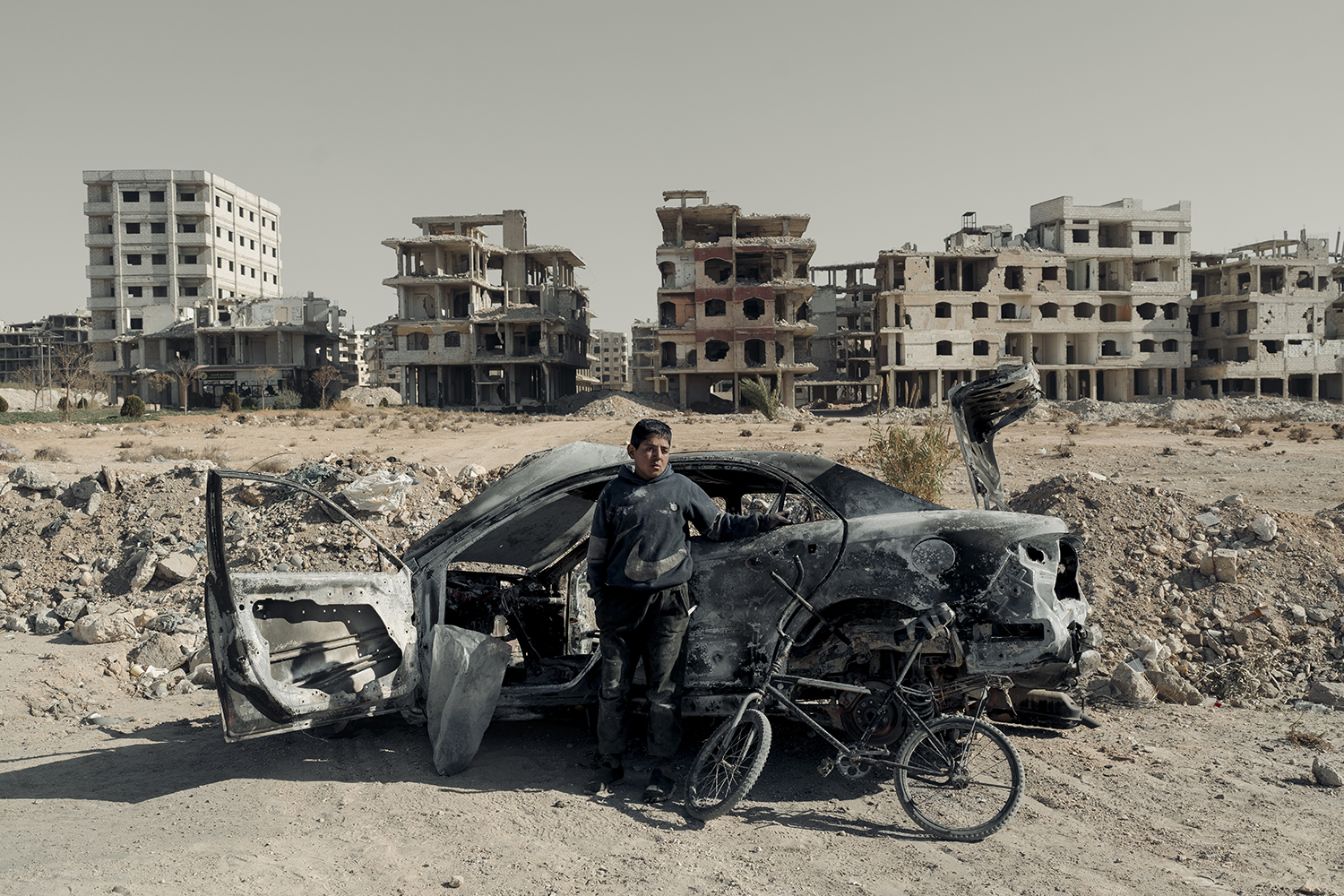
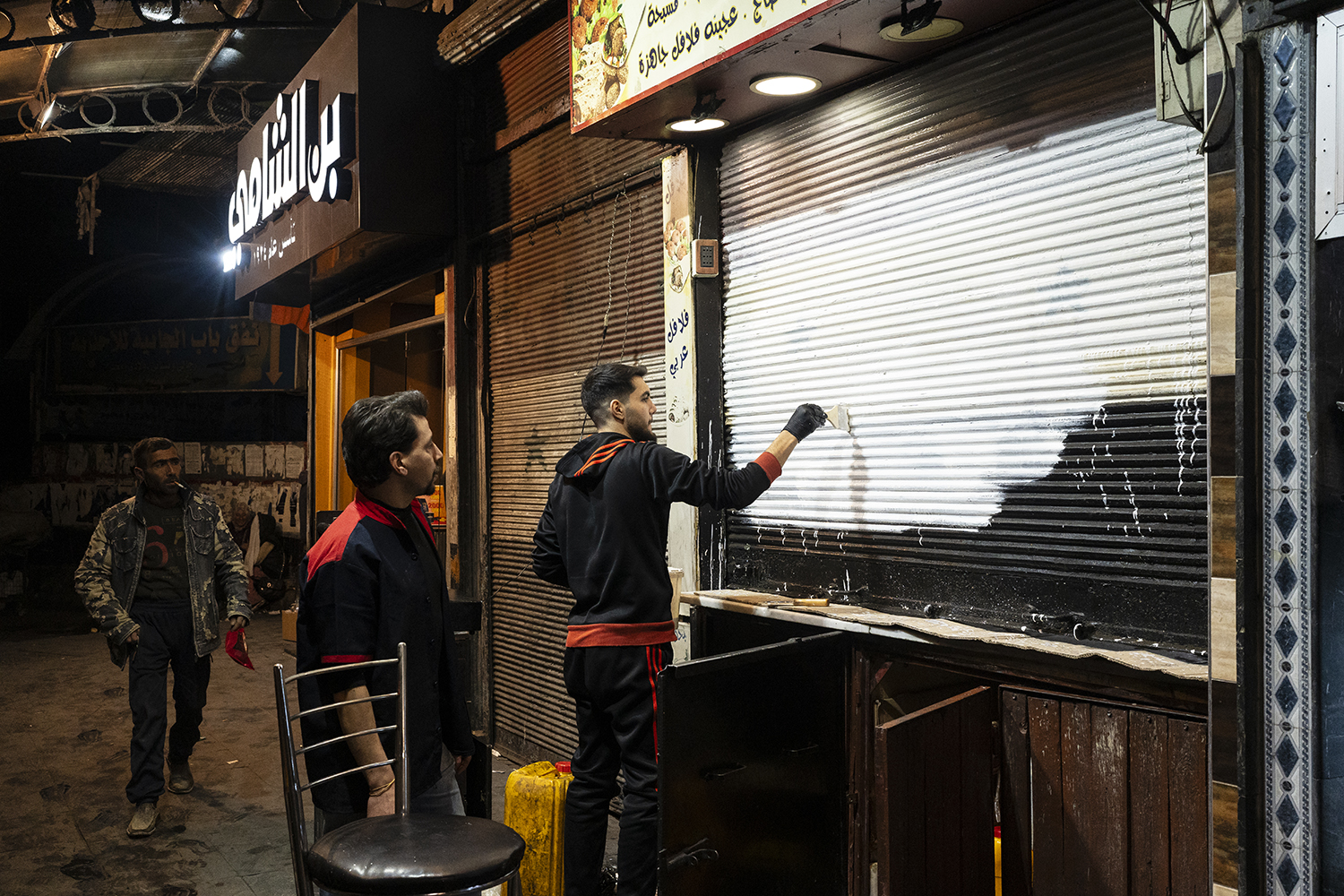
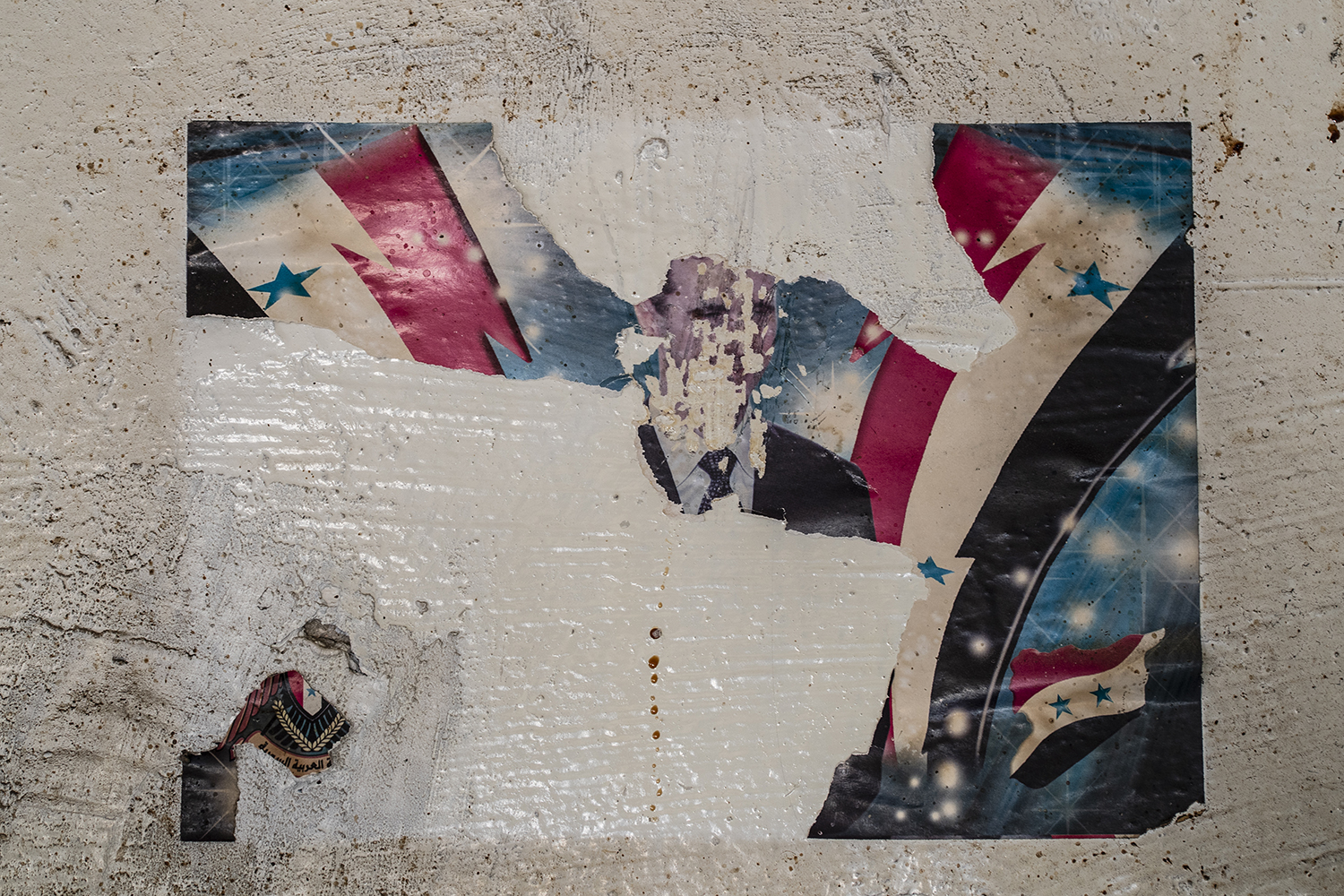
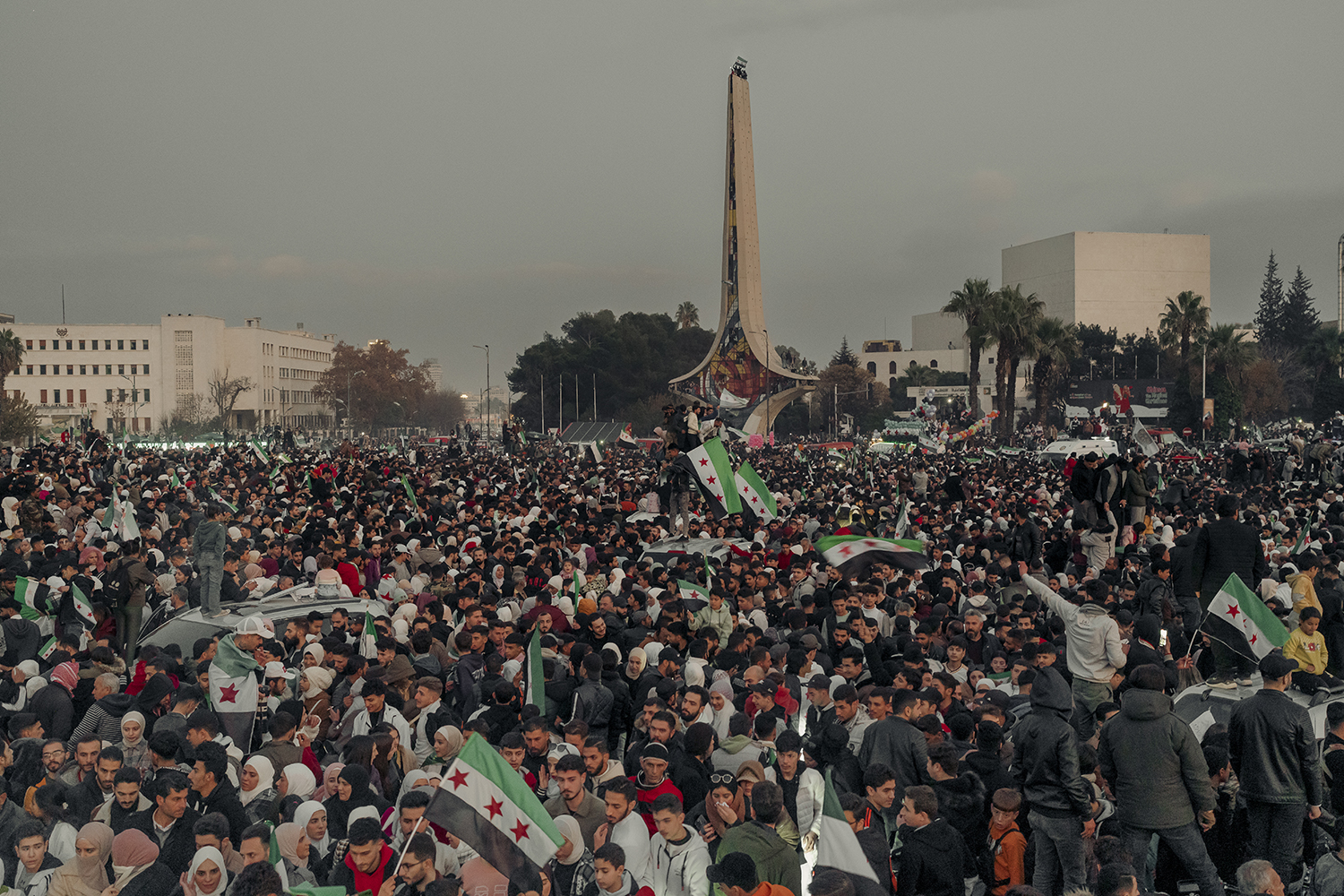

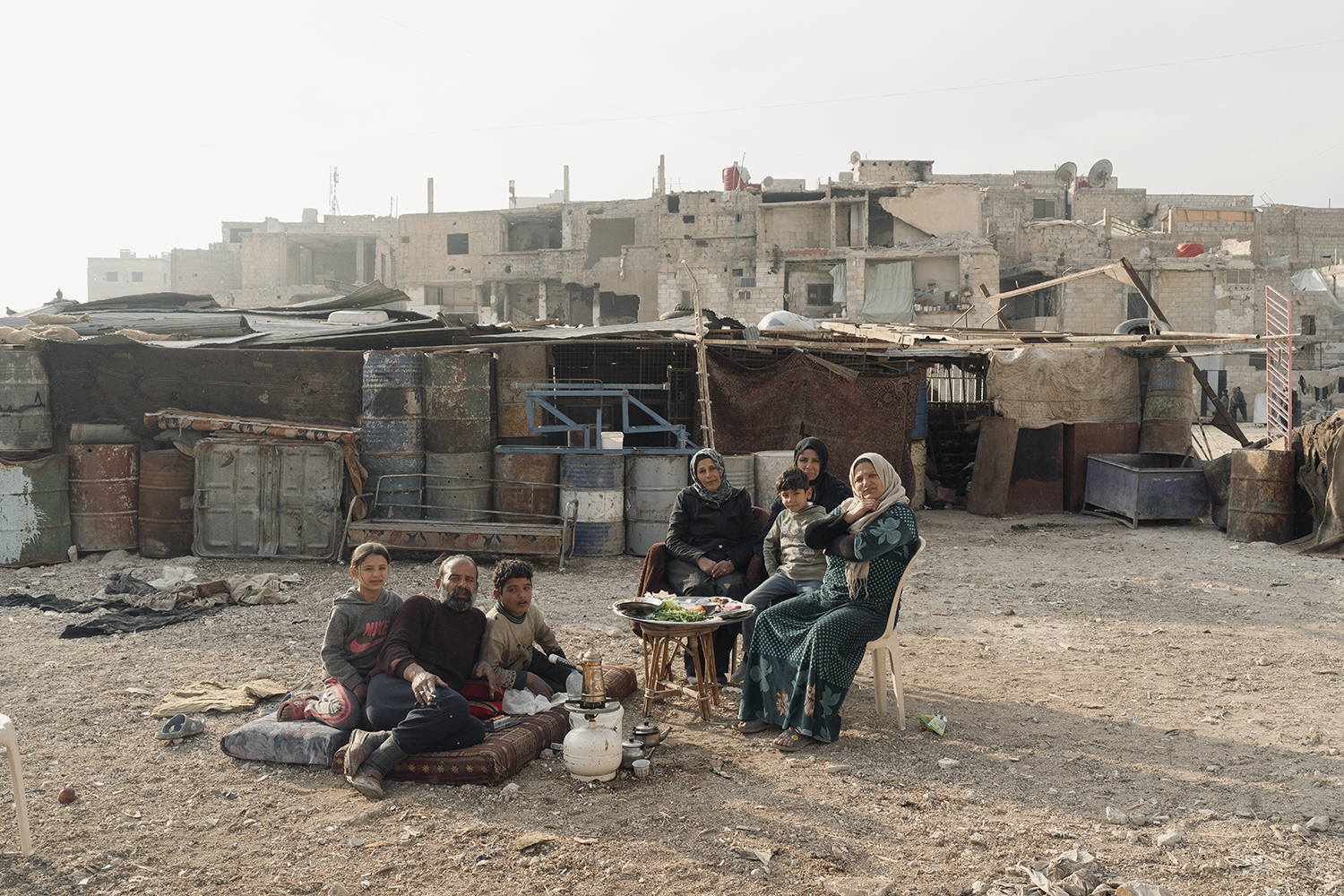
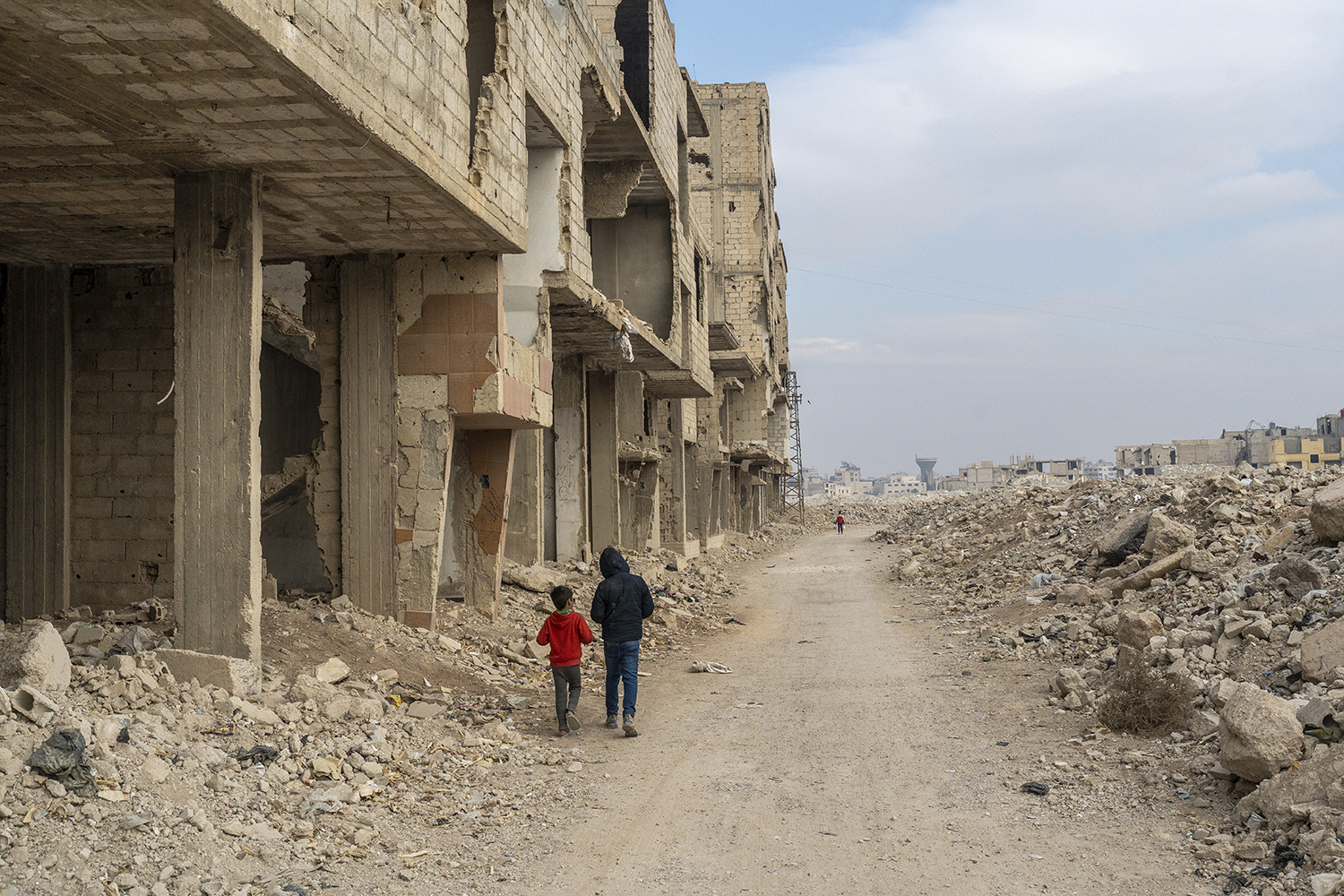


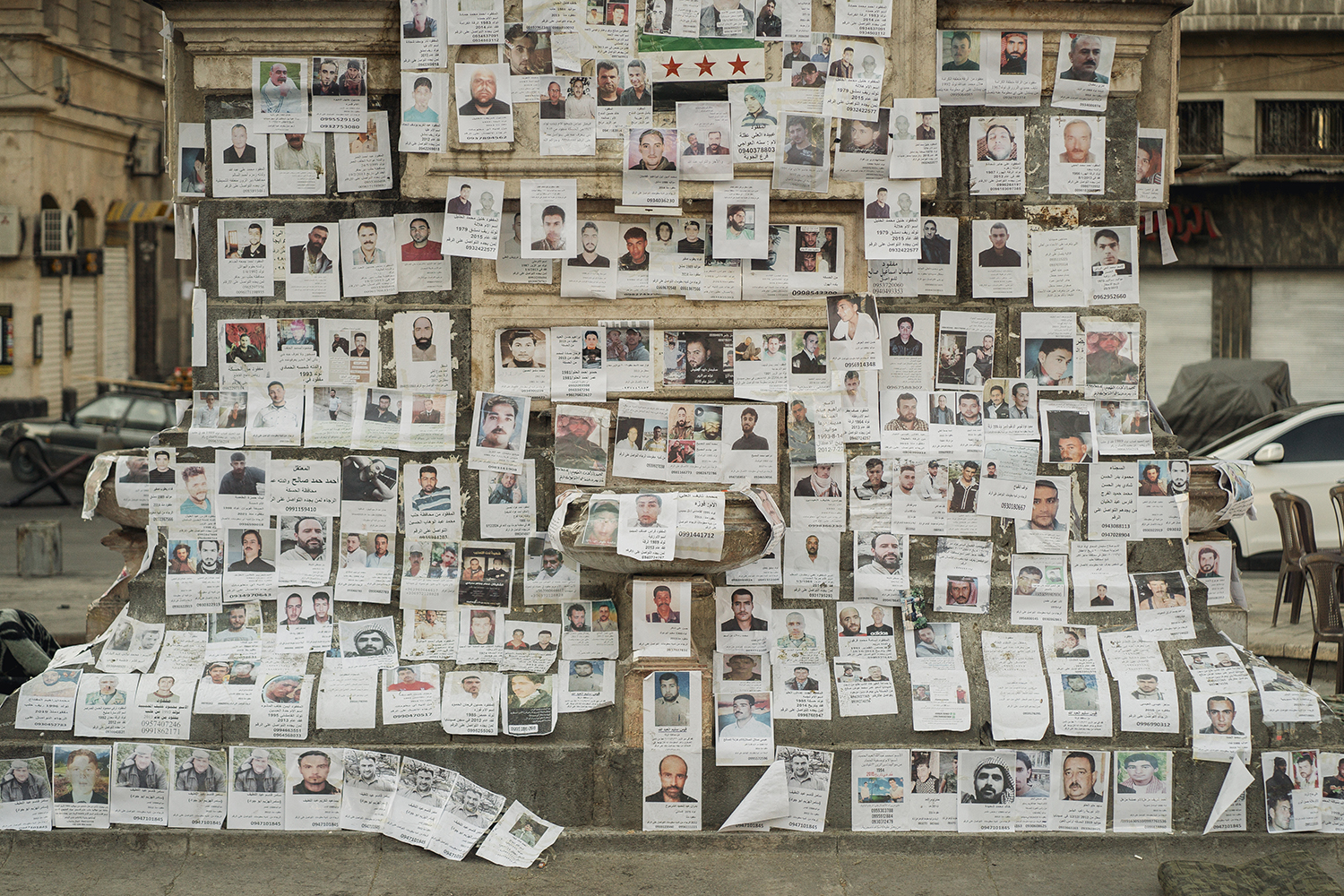




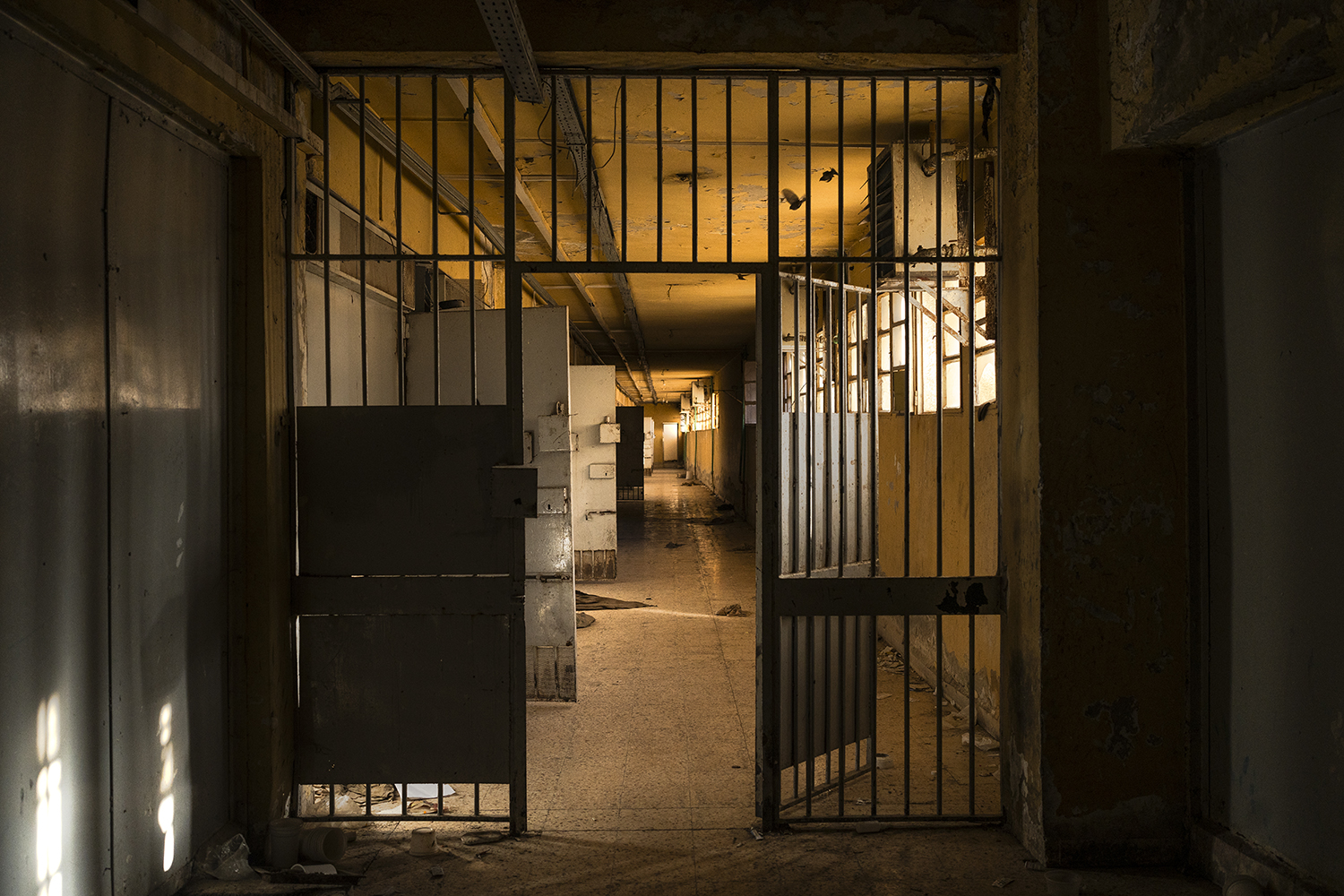

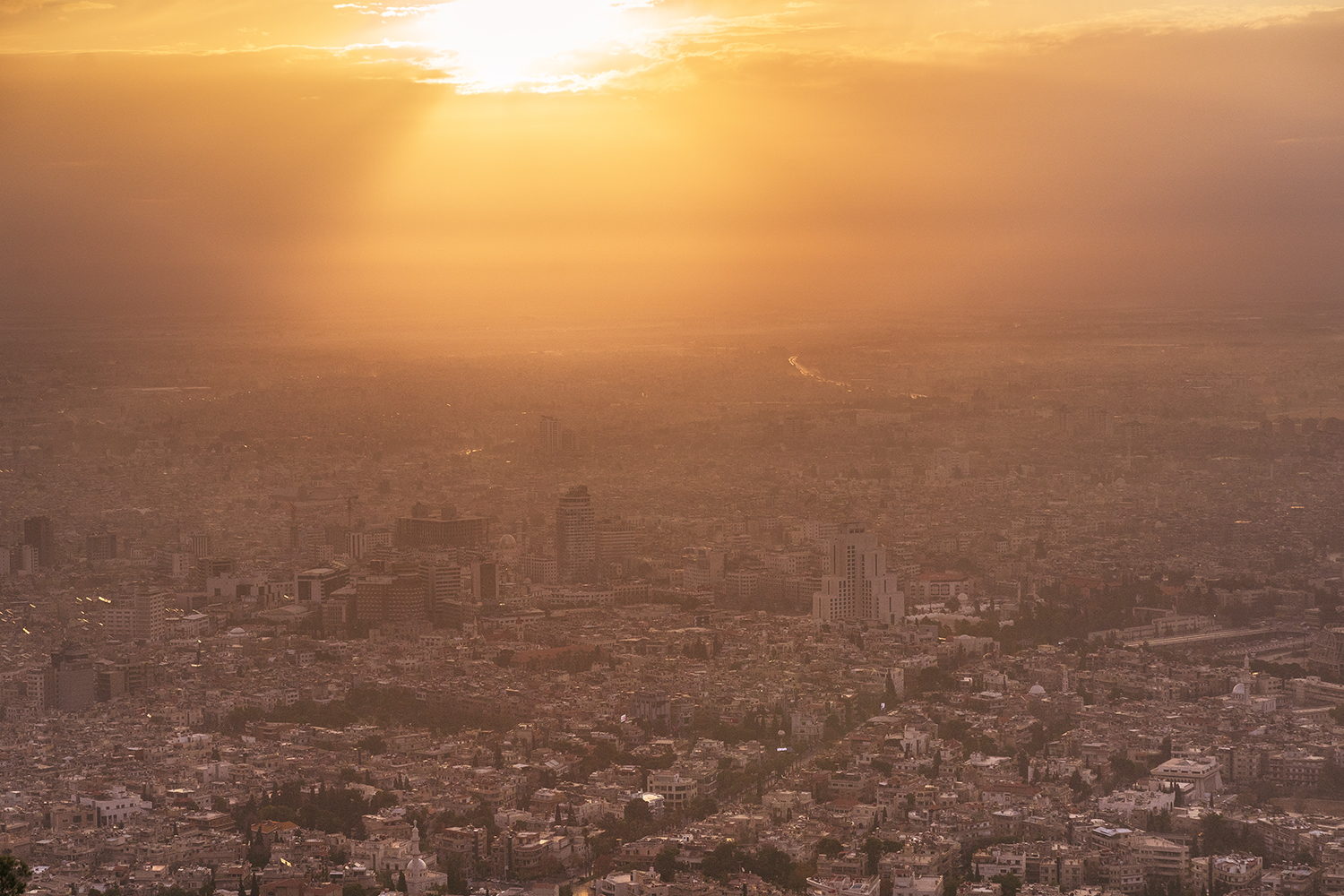
Join the Conversation
Commenting on this and other recent articles is just one benefit of a Foreign Policy subscription.
Already a subscriber? .
Subscribe Subscribe
View Comments
Join the Conversation
Join the conversation on this and other recent Foreign Policy articles when you subscribe now.
Subscribe Subscribe
Not your account?
View Comments
Join the Conversation
Please follow our comment guidelines, stay on topic, and be civil, courteous, and respectful of others’ beliefs.